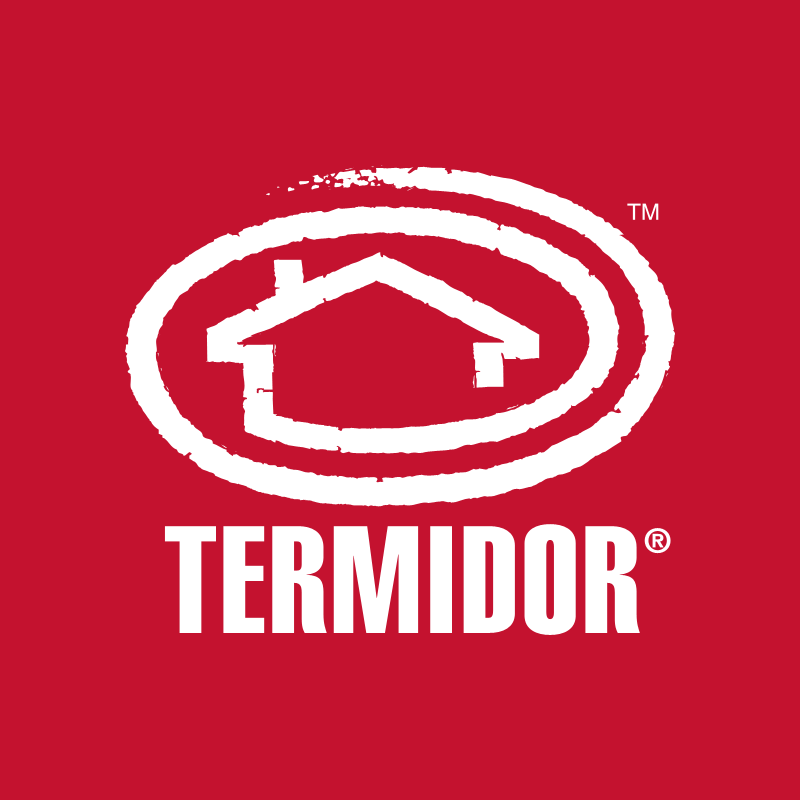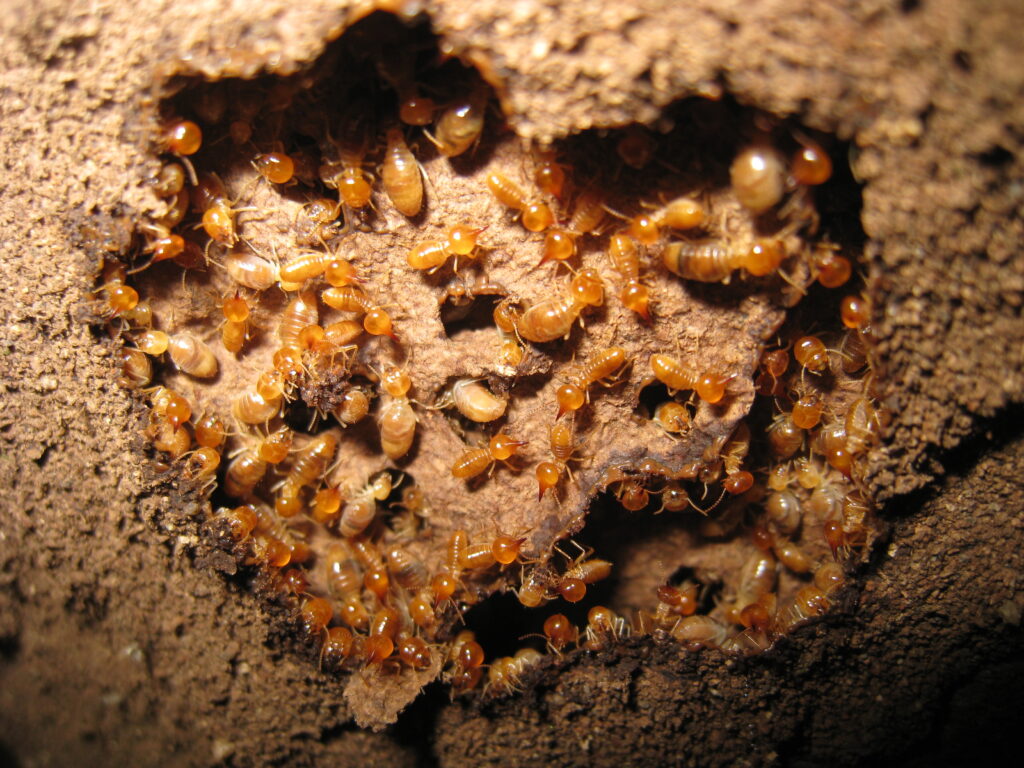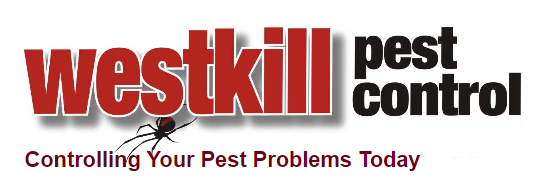Termites in Australia
The most common species of Termites in Australia is Coptotermes. This species is responsible for more than 80% of the termite damage caused to buildings.
Coptotermes build nests in trees, stumps, under concrete flooring, in walls, or enclosed verandas. These termites usually travel around 50m from the colony in search of food via a series of underground tunnels or fly using scouts called alates.
- Areas Termites Damage
- Termites like moist and humid areas. An ideal nest site has access to water as well as wood and soil. Termites usually damage areas of the home that have exposure to water such as bathrooms, kitchens and laundries.
- This is not always the case sometimes the first signs of damage are limited to architraves and door frames. Regardless of which areas of your home are damaged repair costs do tend to add up, even if you do the repairs yourself. Repair costs can exceed $15,00 to replace a bathroom after termite damage.
- Reducing the Risk of Termites
- Westkill advises that a full termite management program involves yearly inspections and reapplication of the termiticide. However there are some steps homeowners can take to reduce the risk of termites entering their home.
Generic Timber Pest Inspections
A timber pest inspection is a physical examination of the property to identify any wood-destroying pests. We will look for evidence of an infestation, such as wood damage, excrement, or pest activity. They will also check for conducive conditions, such as moisture and ventilation.
All inspections are conducted to Australian Standards and will come with a completed report.
Chemical Treatments

Termidor® HE
Every Termidor HE treatment is protected by the reliability and strength of the original Termidor active ingredient. Non-repellent and undetectable to termites, it is carried back to the nest by foraging termites who share it throughout the colony to create the powerful Termidor Transfer Effect.
Learn More about Termidor® HE
Termidor® Foam
Termidor Foam should be applied directly to termite nests (including bivouacs) in trees, stumps, posts, power poles, mounds and wall cavities. Termidor Foam can also be applied to termite activity when the nest cannot be located, such as active workings in timber and wall cavities and in bait stations.
Ant nests and enclosed ant harbourages may also be treated with Termidor Foam.
Chemical Free Termite Baiting Systems
EXTERRA
Exterra termite baits Australia utilises closed and locked monitoring stations with a termite bait less toxic than table salt! With this termite control ground baiting system, you get full protection from all termite activity!
Learn More About ExterraTrelona® – Advanced Termite Baiting System
Termite baiting is designed to protect structures by eliminating foraging termites around your home. The Trelona ATBS (Advance Termite Baiting System) has been developed to allow pest management professionals the opportunity to tailor the most appropriate termite management solution, for any Australian home. Trelona ATBS combines the latest research in termite behaviour with the most advanced termite bait system
Learn More about TrelonaSentricon AlwaysActive
Sentricon AlwaysActive can be used for new or existing structures, as a preventative or curative treatment, either alone or in combination with other treatments.
It may be used in areas of difficult construction, such as heating ducts, drainage systems, stucco below grade, slabs foundations, etc.
Learn More about SentriconWant to know more?
More about termites
Termites are probably the one insect that most people know very little about. We tend to call them White Ants and forget about them as they are out of sight. That is until we discover their trail of destruction!
They are small and quite soft, but can eat through the hardest of timbers. Once they find a suitable piece of wood in your home – they wont stop, they will keep going day and night – thousands of them. Some species have nests of over one million and the Queen can lay 2,000 eggs per day! On their own they are helpless and would not survive.

We would be better to think of them as an entire colony as this is how they survive.The colony will have a King & Queen, Workers, Soldiers and reproductive’s to start new colonies. If the colony loses too many Soldiers, the Queen will produce more Soldiers until the balance is correct (and vice versa with Workers). Imagine one BIG monster eating your house, a monster that can sustain, repair and reproduce itself. Scary when you look at it like that. We have all seen Termites but probably not realised it. When they swarm from a nest they are Black and often mistaken for Ants at this stage.
There is probably as much (or more) confusion about the treatment for Termites. In Australia the use of Organo Chlorines (commonly Dieldrin, Heptachlor etc), was phased out in 1996. For a good few years there was confusion in the building industry and the alternatives were not very good. It was however a good learning curve and we are a lot better off today from the extensive research and development. One example is the curing of concrete slabs is to a better standard today than it was. Chemical treatments and baiting techniques can now eradicate an entire Termite Colony. They are also a lot safer for us and our environment. There is also more choice in the type of treatment and chemicals available. For this reason the price of a Termite treatment can vary by a considerable amount. It is vitally important that the Pest Controller understand all aspects of treatment, the building construction, Termite species and the way the chemicals work. In some cases the most expensive is not the best. We basically have two types of Termiticide available, repellent and non repellent. For those interested in research I will add some links (on the links page). When getting a quotation you should be given the Chemical and percentage and its expected lifespan. This should also be included on a durable notice in your meter box.
Let's talk!
